Retro Replay Review
Gameplay
At its core, Pinball on the NES delivers an experience that’s both immediately approachable and deceptively challenging. You control two flippers at the bottom of the playfield, attempting to keep the stainless-steel ball from plummeting through the middle drain. Timing and precision are everything: a fraction-of-a-second delay can send your ball straight down the center and end your run.
(HEY YOU!! We hope you enjoy! We try not to run ads. So basically, this is a very expensive hobby running this site. Please consider joining us for updates, forums, and more. Network w/ us to make some cash or friends while retro gaming, and you can win some free retro games for posting. Okay, carry on 👍)
What sets this version apart is the split-field design. The playfield is divided into an upper and lower area, and if you do happen to miss with the main flippers, the ball doesn’t immediately spell game over. Instead, it drops into the bottom floor, where a secondary set of flippers awaits. Saving the ball here gives you a second wind and significantly extends play sessions, especially once you learn how to nudge the table without tilting.
For pinball purists, the bonus stage is the real treat. Triggered by hitting specific bumpers on the upper field, you’re whisked away to a mini-game where Mario makes an unexpected cameo. Here, you bounce the ball off a small platform balanced atop Mario’s head to rescue Pauline. It’s a brief diversion, but the added stakes and playful nod to other Nintendo franchises add a delightful layer of depth to the otherwise straightforward pinball action.
Beyond the flippers and bumpers, strategy emerges in choosing which targets to hit first. Rack up points by activating the drop targets, lighting special lanes, and stacking bonuses across both fields. Each successful combo feels rewarding, and learning the intricacies of ball speed and table angles turns Pinball into a surprisingly nuanced challenge.
Graphics
Considering Pinball was one of the very first titles released for the NES, its visuals are remarkably clean and colorful. The playfield is rendered with bold primary colors, and every bumper, lane, and target is distinctly outlined. On CRT televisions of the 1980s, this clarity made it easy to track the fast-moving ball, even when the action heated up.
The transition between the upper playfield and the bonus stage is handled with simple but effective animation. When you trigger the bonus round, the screen shifts vertically, revealing Mario standing at the bottom of the screen. While rudimentary by modern standards, the little sprite of Mario cheering you on is instantly recognizable and adds a burst of personality to an otherwise mechanical setting.
Character sprites, such as Mario and Princess Pauline, are blocky yet charming. They serve more as fun Easter eggs than fully fleshed-out animations, but Nintendo’s signature attention to detail ensures that even these small touches feel polished. Background decorations—simple gears, lights, and thematic elements—give the table a cohesive look without distracting from the core gameplay.
Overall, the graphics strike a balance between functionality and flair. They’re designed to enhance visibility and usability, ensuring players never lose sight of the ball. At the same time, the bright color palette and occasional animated sequence remind you that this isn’t just any pinball table, but a Nintendo creation infused with whimsy.
Story
As a pinball simulation, the narrative in Pinball is minimal. There’s no sprawling plot or character development to unpack, but the cameo story beats woven into the bonus stage provide enough context to keep things interesting. When you enter the Mario bonus round, you’re essentially helping Mario rescue Princess Pauline, echoing the damsel-in-distress trope from the earlier Donkey Kong arcade game.
This light storytelling device is more carrot than driver—it gives you a tangible goal beyond high scores and extended playtimes. Bouncing the ball off Mario’s head to send it flying toward Pauline is simple, but succeeding feels like an achievement thanks to the familiar stakes: saving the princess. It’s a fun wink to Nintendo’s arcade heritage and reinforces the company’s habit of interlinking its franchises.
Because the story is delivered almost entirely through gameplay transitions and small pixel art moments, it never gets in the way of the pinball action. Instead, it punctuates your session with moments of levity and nostalgia. For hardcore pinball fans looking for depth, this might feel like a footnote, but for Nintendo enthusiasts, it’s an unexpected delight.
Ultimately, Pinball’s “story” is really about the arcade spirit—fast, score-driven, and sprinkled with playful references. It doesn’t strive to be an epic narrative, but it reminds players that even a simple game can convey a sense of purpose and fun through clever design touches.
Overall Experience
Playing Pinball on the NES is a lesson in how simplicity can foster incredible replay value. Each session can last just a few minutes or extend indefinitely if you master the dual flipper system and bonus triggers. The game’s pick-up-and-play nature makes it perfect for quick breaks, while the pursuit of high scores keeps you coming back for more.
Controls are tight and responsive, with the ability to nudge the table adding a subtle layer of finesse. Although modern pinball simulations offer advanced physics and elaborate tables, the NES version’s straightforward mechanics feel timeless. There’s a purity to keeping that silver orb in play that remains as engaging today as it was nearly four decades ago.
From a historical standpoint, Pinball holds an important place in Nintendo’s catalog. It demonstrated the NES’s capability to handle fast-paced action and set the stage for more ambitious adaptations of arcade classics. While it lacks the flash and complexity of later pinball titles, its enduring charm lies in its accessibility and the faint echoes of 8-bit nostalgia.
For retro gamers, collectors, or anyone curious about the origins of home pinball on consoles, NES Pinball is a worthwhile addition. It may not redefine the genre, but it delivers an authentic and enjoyable experience that pays tribute to both arcade culture and Nintendo’s early experimentation. Overall, if you appreciate tight gameplay loops, a hint of Mario magic, and the crackling energy of 1980s pixel art, this classic is well worth revisiting.
 Retro Replay Retro Replay gaming reviews, news, emulation, geek stuff and more!
Retro Replay Retro Replay gaming reviews, news, emulation, geek stuff and more!
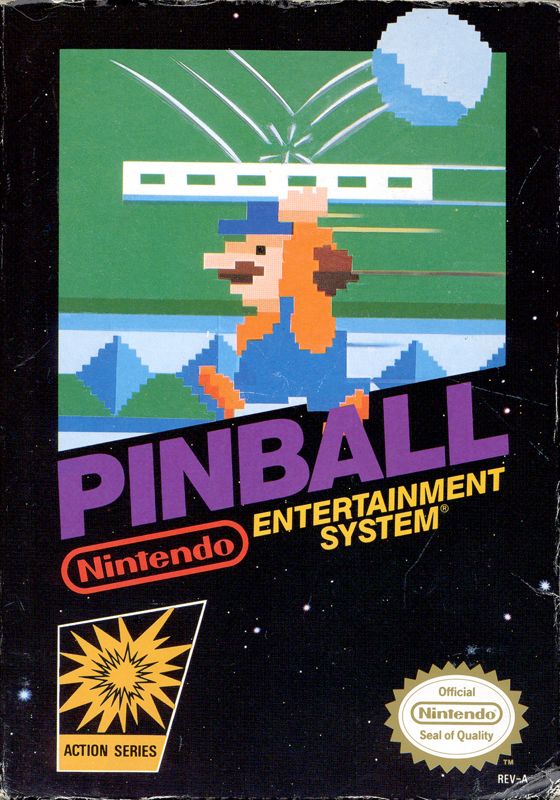
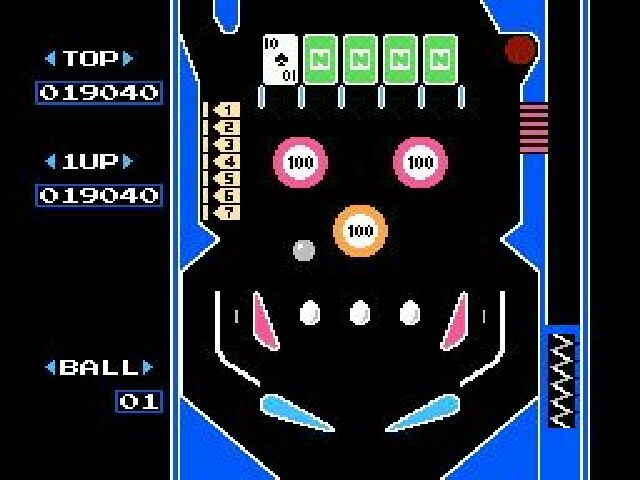
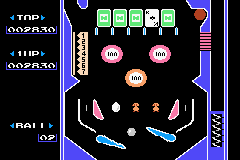
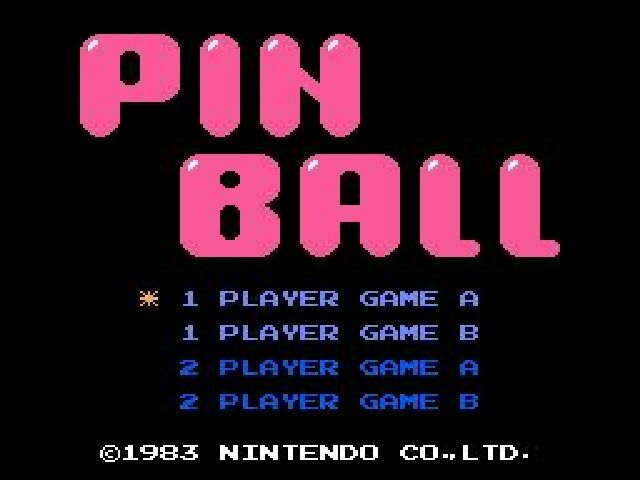
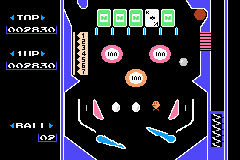
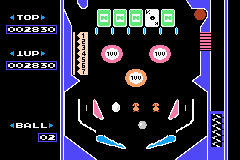



Reviews
There are no reviews yet.